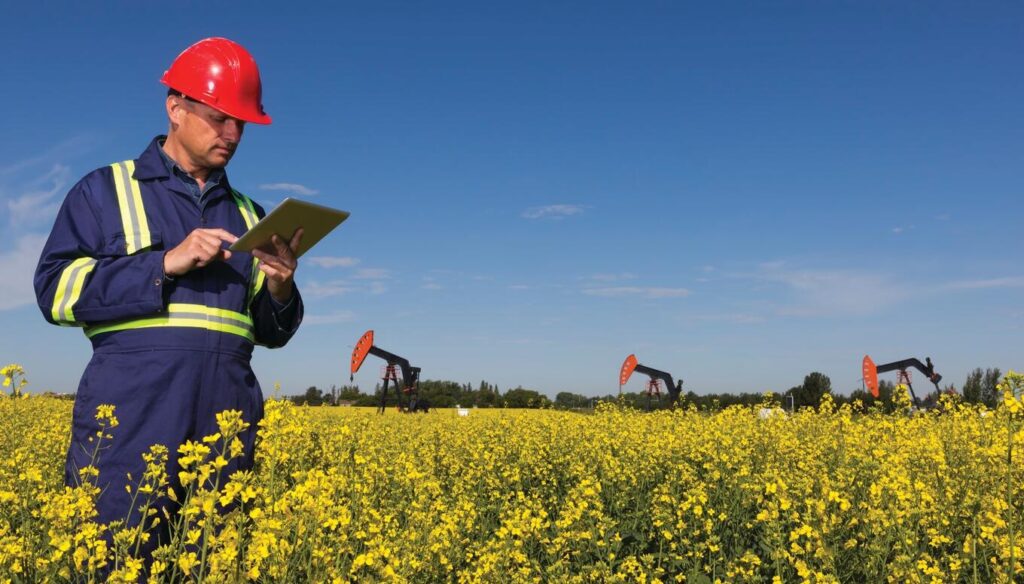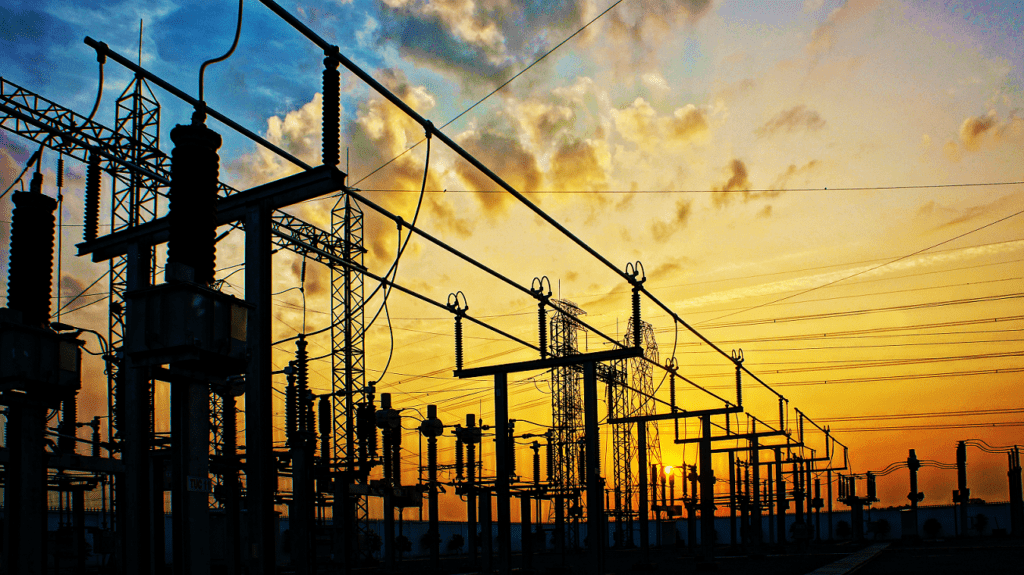While oil, gas, and electricity are mature commodities, the processes used to produce, transport, and deliver them are going through a massive transformation. Our energy supply chain is in a state of transition. Two industries in particular, Oil & Gas and electrical utilities, which play a critical role in the energy supply, are under pressure to decarbonize their operations. As a result, Oil & Gas and utility industries are searching for ways to improve operational sustainability and energy efficiency while minimizing costs. One common area where both industries realize such benefits is by deploying edge computing.
Edge computing involves deploying small-scale data centers, often referred to as micro data centers and modular data centers, closer to the source of data or users. This is done to reduce the latency or delay in processing data, which can be critical for applications that require real-time or near real-time processing, such as bandwidth-intensive content delivery or latency-sensitive applications.

Oil & Gas companies and utilities are using edge computing to improve the health and safety of their workers, increase operational efficiency, incorporate renewable energy into their energy mix, increase grid resilience, and enable the energy prosumer.
As companies race to decarbonize and meet ambitious net-zero emissions goals, edge computing will also play a role in managing distributed energy resources (DERs) such as solar and wind farms to accelerate the energy transition and increase power grid resilience.
Edge computing driving more sustainable energy operations
Below are several use-case examples of how the Oil & Gas and utility industries are applying edge computing solutions to make operations more sustainable, safe, and efficient.
1. Pipeline monitoring
Oil & Gas companies manage over 2.6 million miles of pipelines across the US. To ensure safe and clean operation, operators must monitor vibration, temperature, and pressure in these pipelines. Fiber optic communication cables are often installed alongside pipelines, and these connections can be used to monitor pipeline behavior in near real-time. Now, new edge computing software (like the AI-based software provided by Schneider Electric partner Prisma Photonics) running on regional micro data centers enables the use of the fiber optic network to monitor the pipelines for leaks and other anomalies. This new approach detects issues much more quickly and cost-effectively than in the past, helping to minimize environmental damage should a leak occur.
2. Flare monitoring
Across oil fields and refineries, Oil & Gas companies employ a safety measure known as gas flaring to relieve pressure and dispose of unwanted waste gas byproducts. To conform to EPA Method 22 federal regulations, these flaring activities must be monitored for CO2 emissions. However, sending flare-purity data to the cloud and analyzing it is very costly, and bandwidth and latency constraints are significant. To solve for this, local edge computing deployments can process that data quickly near the site and then synchronize the gathered data for later analysis in the cloud. The quick breakdown of the data enables compliance with ongoing EPA method 22 reporting standards.
3. On-shore drilling rig protection
Drilling rigs require extensive safety and efficiency monitoring. Rig operators use edge computing to enable intelligent video analytics (IVA), machine learning, and equipment monitoring. This confluence of technologies allows for detecting potential hazards, preventing accidents, and alerting workers in real-time while assigning technicians for maintenance and repair. In a traditional approach, these environments utilized numerous separate systems that did not communicate well with each other. Now, one micro data center running multiple specialty software packages can centralize these monitoring tasks. For example, operators can remotely control one smart camera to inspect flares, scan workers (to verify that they are wearing their personal protection equipment or PPE), and examine truck license plates as they enter the work location − ensuring they have proper identification. This workload consolidation or processing of the combined information occurs locally, enabling rapid consolidation of environmental data and improving safety and security.

4. Power grid maintenance
Edge computing allows utilities to shift from a reactive maintenance approach (implementing power network fixes only after an outage) to a more predictive maintenance system (using smart cameras to proactively perform utility pole inspections). As cameras collect images of pole-mounted assets and power lines, noting whether nearby vegetation poses a breakage or fire threat, local edge computing systems process that image data to indicate whether preventative maintenance is required. The result is lower overall maintenance costs and higher power network uptime.
5. Virtual Power Plants
Networks of small energy-producing or storage devices like solar panels and batteries, known as virtual power plants (VPP), pool their resources to serve the electricity grid. Utilities can tap their energy during high demand or reserve it for later use. When multiple power sources (e.g., solar, wind, hydro) are available to the VPP, the software automatically determines which power is the cheapest on that particular day and routes it to the proper consumers. Edge computing systems in transportable modular data centers and AI software serve as the technology backbone of many of these VPPs, managing the bidirectional power flow and automating the process for prosumers to sell power back to the grid.
6. Smart Grids
As utilities digitize their networks, smart meters are proliferating across homes and businesses. These local energy data gathering points require edge computing to optimize energy flow, detect grid anomalies, and lower energy delivery costs. When deployed in such a way, edge systems strengthen smart grid resilience by helping to find quick temporary power sources across the network when outages occur, supplying customers with power until the primary power delivery system is fixed and operational.
Learn more about edge computing applications for the energy sector
These use cases represent just a few examples of edge computing systems’ expanded role in improving sustainability, resilience, and cost reduction across the modern energy supply chain. Companies like Schneider Electric support edge computing implementations by providing the rack, power, cooling, monitoring, and energy management capabilities needed to secure the uptime of edge systems.
To learn more about how Schneider Electric helps drive efficiencies across energy networks, visit our edge computing micro data center and modular data center sites.



